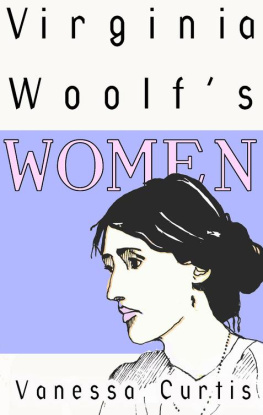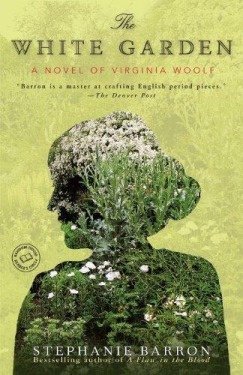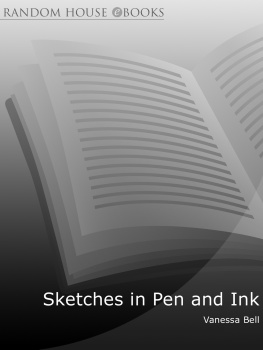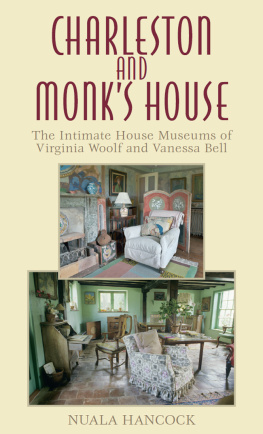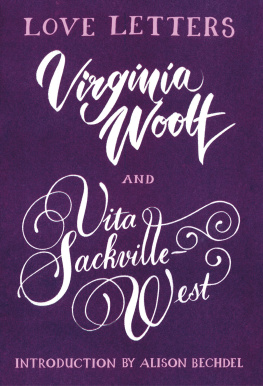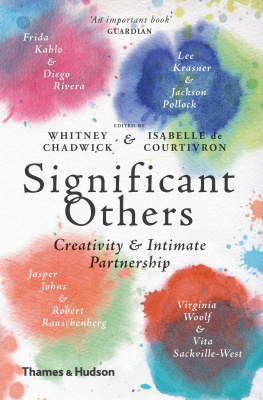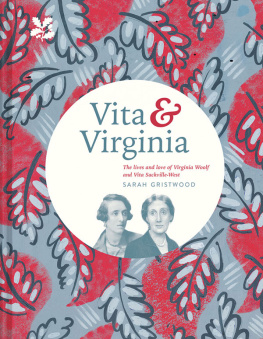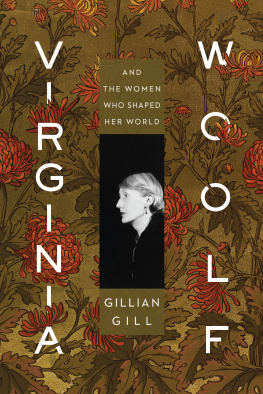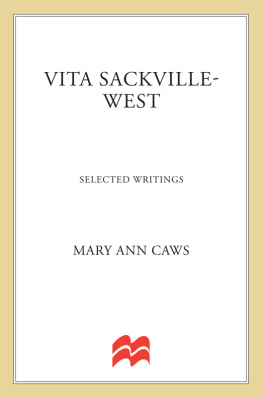I would like to thank Angelica Garnett for permission to quote from her EternalMoment and Henrietta Garnett, on behalf of the Estate of Vanessa Bell, for allowing me to reproduce quotations from both SketchesinPenandInk and letters sent from Vanessa Bell to Leonard Woolf. Anne Olivier Bell kindly provided a photocopy of StellaDuckworthsDiaryfor1893 (in her possession). Thanks also go to The Hon. Mrs C. Zielenkiewicz for permission to quote from a letter written by Ethel Sands, and to staff at the Lilly Library, Indiana University, Bloomington, who provided photocopies of the correspondence of Ottoline Morrell and granted permission to quote from the MacCarthy and Gathorne-Hardy manuscripts in their possession.
Dr Rosalind Moad at Kings College Library, Cambridge, provided photocopied information and allowed me to quote from the Kings College Archive, as well as granting permission to publish a photograph of Carrington from the E.M. Forster Archive. I would like to thank Dorothy Sheridan and her very helpful staff at the University of Sussex for providing access to the Monks House and Charleston Papers, and the Society of Authors, as the Literary Estate of Virginia Woolf, for permission to include fragments of unpublished material held in the Monks House Papers at the University of Sussex.
Staff at the Hulton Getty picture library assisted with the supply and reproduction of four photographs. Matthew Bailey at the picture library of the National Portrait Gallery, London, granted permission to publish photographs of Vanessa Bell, Ottoline Morrell and Julia Margaret Cameron. Jennifer Booth and staff at the Tate Gallery Archive supplied photographic illustrations from VanessaBellsFamilyAlbum and the Tate Gallery/Charleston Trust granted permission to publish them.
Joy Burden allowed me to quote from her WingingWestward and provided personal recollections of Violet Dickinson. Karen Kukil and Barbara Blumenthal from the Mortimer Rare Book Room, Smith College, USA, supplied photographs from Leslie Stephens photograph album and granted permission to publish them.
I should like to thank Frances Partridge for permission to quote from unpublished Carrington letters held at the Berg Collection, New York Public Library, and from her book, Julia. Richard Garnett granted permission for me to quote from Carrington,LettersandExtractsfromherDiaries. Steve Crook at the Berg Collection, New York Public Library, has provided information and photographs relating to Violet Dickinson, and allowed me to study a copy of StellaDuckworthsDiaryfor1896.
Sue Fox meticulously researched the lives of Julia Stephen, Violet Dickinson, Ottoline Morrell and Ethel Smyth. Adrian M. Goodman, as copyright holder for Ottoline Morrell, gave me permission to quote from her diaries and correspondence. David Higham Associates, as copyright holders for Dame Ethel Smyth and Osbert Sitwell, allowed me to quote from their diaries and correspondence. The Hon. Lord Sackville, Knole, as copyright holder for Eddie Sackville-West, granted permission to quote from a letter to Vanessa Bell.
Several people who have assisted in my research for this project are also friends. My thanks go to Jonathan and Caroline Zoob at Monks House for their kind hospitality and enthusiasm. Nigel Nicolson has provided much useful information about Vita Sackville-West and has been endlessly hospitable. I thank Nigel for permission to quote from PortraitofaMarriage,TheLettersofVitaSackville-WestandVirginiaWoolf,CollectedPoemsofVitaSackville-West,Pepita and his recent biography of Virginia Woolf.
A valued member of the VirginiaWoolfSocietyReadingGroup, Hilary Newman, offered books and information on both Violet Dickinson and Ethel Smyth. Sue and Nigel Bedford, during their years at Talland House, supplied both friendship and assistance with research they will be sorely missed.
I am grateful and honoured that Professor Julia Briggs has contributed a valued foreword to this book. Sincere thanks must also go to Professor Katherine Hill-Miller for her essential help and advice during the formative stages of this project. Mr Jim Peers has kindly allowed me to quote from the late Rosamund Peerss PhD thesis on Virginia Woolf. Warm thanks go to Cecil Woolf for providing a short reminiscence of his Aunt Virginia and for always showing such interest and support.
Jasmyne King-Leeder allowed me inside her private home at 22 Hyde Park Gate and provided articles and information about the Stephen family. Mary Cowin kindly provided clippings and much relevant information. My neighbour, Anna Parker-Rees, thoughtfully passed on relevant articles as and when she found them. As ever, my colleagues on the Executive Council of the Virginia Woolf Society of Great Britain have been generous enough to share their vast knowledge with me: Sheila M. Wilkinson provided copies of music composed by Ethel Smyth, Paul Evans kindly loaned books in his possession, Ruth Webb lent me her copy of VanessaBellsFamilyAlbum and shared her experiences of being a biographer, and Sandra Halsey helped with information relating to Carrington and Vita Sackville-West. Stuart N. Clarke, as always, has proved to be a walking encyclopaedia. I should like in particular to thank Stephen Barkway not only for providing a copy of FriendshipsGallery and useful information on Katherine Mansfield, but also for his quietly infectious enthusiasm for Virginia Woolf, which in turn helped me develop my own.
I would like to offer special thanks to my husband, Tim Cowin, for assistance with photographic reproductions and research. His willingness to traipse round all sorts of houses in inclement weather has been much appreciated. Also my family, David, Carol and Timothy Curtis, for their consistent encouragement and for instilling in me the love of books.
Finally, I should like to thank all the staff at Robert Hale for their constructive help and support on this project.
by Professor Julia Briggs
Virginia Woolf published her earliest writings anonymously, yet although she disguised her gender beneath a genderless first person plural (Mr Courtney, we think, feels some of this difficulty ), her interest in the nature of women, what it meant to be a woman and, above all, what it meant to be a woman writer (or painter, or composer) is evident from the outset.
Visiting Haworth, she noticed Charlotte Bronts shoes and her thin muslin dress, and the little oak stool that Emily took with her on her solitary moorland tramps. Reviewing a male-authored book in TheFeminineNoteinFiction, she wondered whether the adequate critic of women might not herself be a woman. Her concern with womens creative powers prompted her to write of women as historians and novelists, as musicians and mathematicians. In 1910, at the instigation of her friend and tutor, Janet Case, she took on some voluntary office work for a universal suffrage society though she found it frustrating and not a little absurd. The First World War was to split the Womens Movement between those actively supporting the war effort and those opposed to it. Virginia Woolf was a pacifist, as were her family and friends. During the war years, the arguments of her Three

